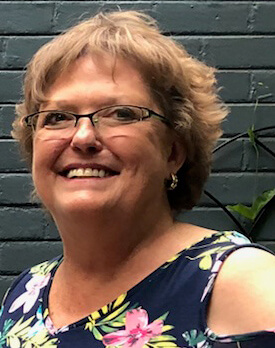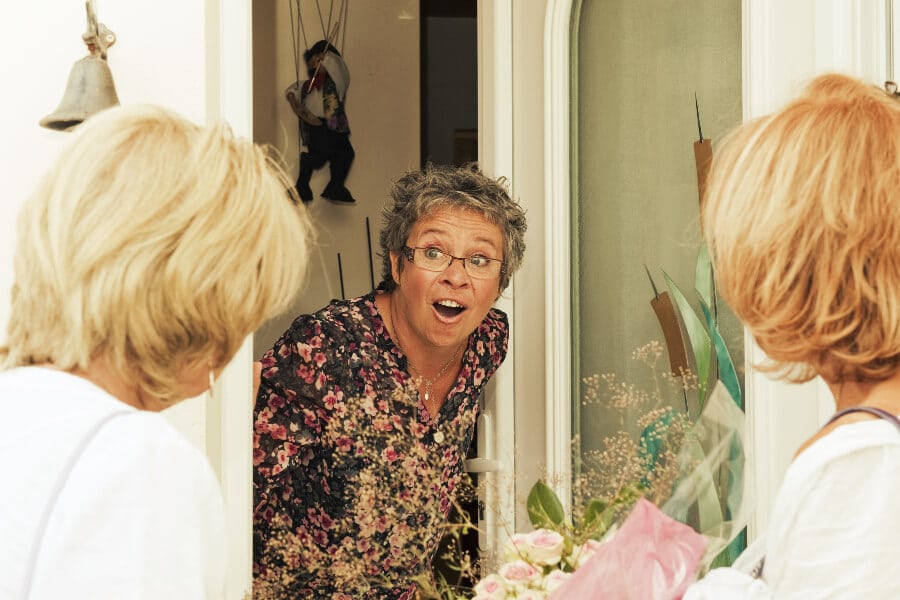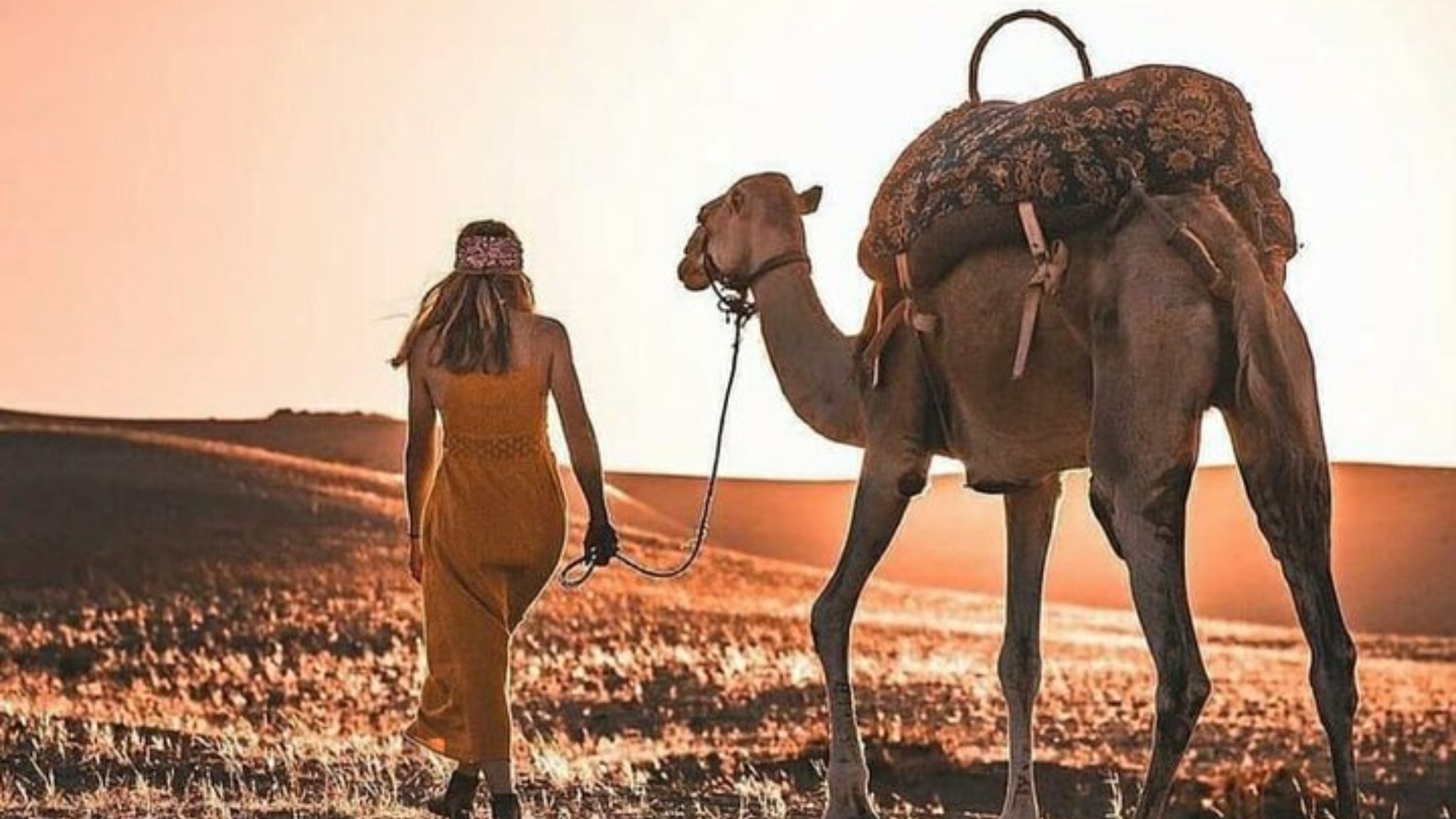Editor’s Note: Because DNA testing kits have become popular holiday presents, we are re-publishing this fascinating 2018 article about three women who received the surprising gift of more family.
***
With At a busy Denver diner, Kari Epstein pushes the sleeve of her shirt up to her elbow and holds her forearm in the center of the table, right over plates of omelets and eggs.
“Look, we all have the same skin,” she says, practically giddy about it, as Gina Moore and Val Kimbrough follow her lead and hold up their forearms, too.
“It’s true,” adds Gina. “And we all bruise very easily.”
The three women don’t look alike with the exception of their skin—lightly tan, with a sprinkling of freckles and age spots. Kari, 59 and a retired cellist, has short brown hair and glasses. Gina, 61 and a retired lawyer, has a bright blonde bob with bangs. And Val, 61 and an accountant, has a light brown pixie cut. They have different eyes, smiles, and voices. And yet, as the three women pull down their shirt sleeves and pick up their forks to start eating again, there’s a sense of gratitude each of them feels to be able to point to something that shows they’re half-sisters—a fact they discovered just 18 months ago.
“I think it’s great that we all genuinely like each other,” says Gina. “We were just three random people thrown together when we met. Who knew if we were going to click or not?”
“But you have to like me—I’m your sister,” says Val, and the table erupts in laughs.
The laughter is genuine, though maybe a tad nervous, because this concept—sisterhood—is so new to the threesome.
Gina, Kari, and Val weren’t on a mission to find each other. In fact, they didn’t even know the others existed. But after a remarkable series of events—and thanks to the growing popularity of services like AncestryDNA, 23andMe, and Family Tree DNA—the three met recently.
Gina: The Surprise of a Lifetime

Which is why when Gina got a message through AncestryDNA from someone named Val a couple of years ago, saying she was born in Denver in 1957 (same as Gina) and that her mom had been artificially inseminated, and asking if Gina was adopted or had any siblings, Gina didn’t think much of it. “Val didn’t say anything specific, she just asked a bunch of questions that I answered—and we had no more contact,” says Gina.
It was suddenly crystal clear. My dad’s not my dad.
Another year went by and Gina didn’t give it much thought—until she got a note through AncestryDNA from a woman named Kari. “Kari’s email said, ‘Hi, I live in Denver, and my dad was a sperm donor.’ She also asked me some questions, which I answered, and then I gave her some surnames on my dad’s side of the family,” says Gina. “She replied that she didn’t know any of those names but did tell me that her dad was 100 percent Norwegian.
“That’s when the light bulb went on,” says Gina. “Dimly.”
Gina remembered that a first cousin on her dad’s side had done DNA testing, and she’d never paid close attention to his results. The email from Kari prompted her to look closely at her cousin’s results, to compare—which is when Gina saw that she and her first cousin didn’t share any DNA.
“In that moment, I said to myself, So, either my cousin’s dad is not his dad or my dad’s not mine,” she says.
That’s when the light bulb got brighter. Gina thought about the fact that her parents were married in 1944, yet she wasn’t born until 1957—and they had told her at one point that they were on the verge of adopting a little boy when her mother found out she was pregnant with her.
“It was suddenly crystal clear,” says Gina. “My dad’s not my dad, my mom got artificially inseminated, and Val and Kari are actually my half-siblings.”
Val: The News That Put Some of the Puzzle Pieces Together

Val’s parents had her older brother shortly after they got married, but then 10 years went by and her mom wasn’t pregnant again—and Val’s mother wanted a big family. For years, Val didn’t think much about the fact that her dad was 52 when she was born, or that her parents had struggled for so many years to conceive. Yet when her father passed away 30 years ago, Val’s mom told her the truth: They’d used a sperm donor while still “trying” on their own, and there was a chance Val’s dad wasn’t actually her biological father.
I believe your grandfather was my biological father.
“Apparently, back then they told a woman to have ‘relations’ with her husband that morning and that the first sperm there is the winner,” says Val, chuckling about it now. “So my mom never had any confirmation one way or the other if I was my father’s child or the sperm donor’s child. I think they wanted to make it an emotional thing, not just a medical procedure.”
Val was in her 20s when she got this news, and she was stunned. “It’s kind of like finding out you’re adopted,” she says. “I felt like I was left out of the secret over the years. But then my mom wanted me to know, and I’m glad she told me. I admire her for that.”
Life went on and Val wasn’t too concerned, though she’d sometimes wonder if she was indeed genetically related to her late father. A couple years ago, she decided to get AncestryDNA kits for herself and her husband for Christmas, and Val’s came back that she was 43 percent Norwegian—not Scotch-Irish, like her dad. She saw that Gina was her highest DNA match and assumed she’d found a half-sister. Yet when she reached out to Gina via email, it seemed as if she had it all wrong.
Before I could even reach out to Kari, she was messaging me through Facebook, sending me pictures of our biological father.
“When I emailed Gina, who was my highest match, she replied that she’s Dutch, an only child, and had no idea what our connection might be,” says Val. “I had this realization that these names on AncestryDNA aren’t just names—they’re real people. I think I came from a perspective that everyone would know if they were donor-conceived, and after emailing with Gina, I realized that wasn’t the case.”
But Val didn’t give up trying to figure out who her biological father might be. She says she started doing a lot of “internet creeping” and “Facebook stalking,” even enlisting the help of some of her office mates who started clicking around AncestryDNA’s website and hunting down obituaries to help Val put more puzzle pieces together.
She discovered that Kari—someone who showed up as a DNA match, though not as close as Gina—had a dad who was an OBGYN in Denver. That’s when Val remembered that when her mom told her she might’ve been donor-conceived, she also said that all she knew about the sperm donor was that he was a medical student at the time.
“Ding, ding, ding,” says Val. “I figured out that Gina and Kari were likely my half-siblings, and that Kari was likely the doctor/donor’s daughter,” she says. “But I left it alone. I didn’t want to upset anyone.”
Further research brought Val to a DNA connection that turned out to be Kari’s niece, who couldn’t wait to tell her aunt about the new relation. “And before I could even reach out to Kari, she was messaging me through Facebook, sending me pictures of our biological father,” says Val.
Kari: Helping Her Newfound Half-Sisters Know Their Biological Dad

Kari’s dad went to medical school on a GI bill, and she says he and her mother were broke during that time. While Kari’s parents never came out and told her he was a sperm donor, Kari says she knows they could have used the extra money he was likely offered for donating sperm. Plus, she thinks her dad would’ve appreciated the cutting-edge, scientific aspect of the process.
Like Gina, Kari wasn’t expecting to find anything out of the ordinary when she signed up for AncestryDNA testing two years ago—and there were no real surprises when it came to where she was from. But it did show she had a close relationship to a few people she’d never heard of before.
She emailed one of those people, a man who lived out of state, saying it looked like they were related but she wasn’t sure how. (It turns out he’s a half-brother, but he declined to be a part of this story to keep his privacy.) Soon after sending that email, Kari got a text from her niece, who told her she’d been contacted by Val through 23andme and asked if her grandfather (Kari’s dad) was a sperm donor.
“I told my niece, ‘Yeah. It would make perfect sense,’” says Kari.
I’m the last of my immediate family, so connecting with Val and Gina has felt like a new chapter of life.
Kari says none of this was a total shocker to her because she knew her dad was a ladies’ man. “I knew he had affairs,” says Kari. “And he left my mom when I was young because he’d gotten his girlfriend pregnant. So I didn’t have some sort of shattered image of him when all of this started to surface. Not that I would’ve thought that my dad’s being a sperm donor was a bad thing—but I didn’t have this prim and proper idea of him.”
In fact, for Kari, introductions to half-siblings—and starting to form friendships with three of the seven total they now know about—has felt like a gift.
“I’m the last of my immediate family—I lost my last living sister about three years ago, which was very difficult—so connecting with Val and Gina has felt like a new chapter of life,” she says.
Now, Kari says she feels like a conduit for her half siblings, because she’s the one who knew their biological father. “I’ve tried to introduce them to as many people as possible who knew dad, to give them more of a picture of him,” she says. “It’s been a lot of fun.”
One Big(ger) Happy Family

Kari (left), Gina (center) and Val (right).
While there’s still some shock and awe at the news about their biological dad, particularly for Gina, who was never told that she could’ve been donor-conceived, there’s an overwhelming sense of gratitude that emanates from each of these women.
My dad would say ‘Hell yes!’ if he could see all the children he fathered.
“There are people who do this ancestry DNA testing and find out their dad had an affair, that their brother is really their dad, or something really horrible,” says Gina. “But this isn’t like that at all. My dad is still my dad, and he was the most wonderful guy.”
As for what the half-sisters think their biological father would say about them sitting here, having brunch together, talking about all the children he fathered?
“He would say, ‘Hell yes!’” says Kari. “If he were here, he would laugh—and have some sort of irreverent, cheeky comment.”
“He had a lot of daughters,” says Val, giggling as she glances over toward the framed picture of her biological father, still sitting on the table next to Kari. “I can imagine he’d think it was a good thing that that he didn’t have to pay for all of the weddings.”
Read More: What I Inherited From My Mother Was Not at All What I Expected
A version of this story was originally published in December 2018.





















0 Comments